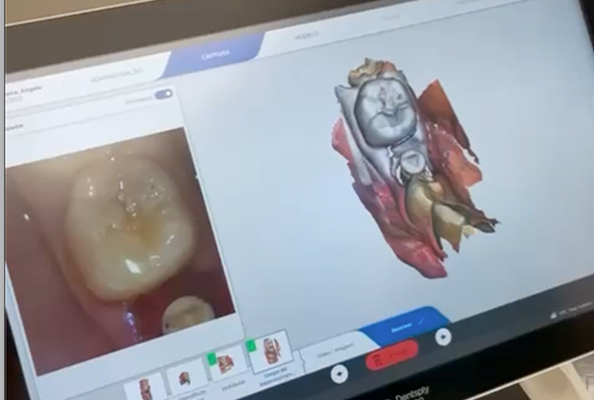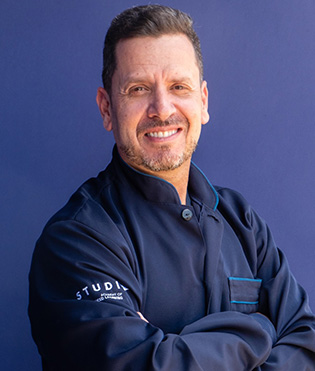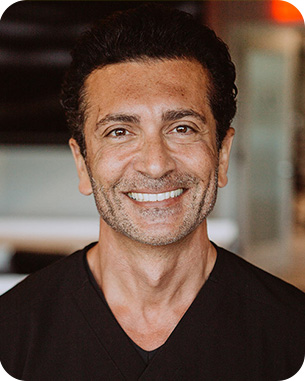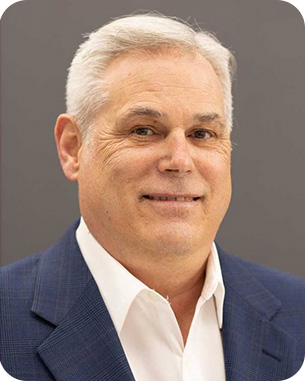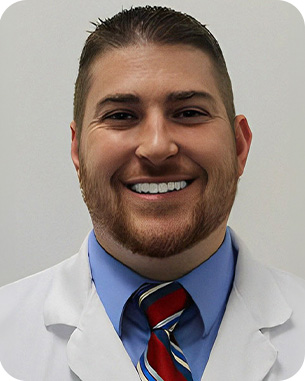As dental technology continues to advance, one of the most transformative innovations in implantology has been the integration of Computer-Aided Design and Computer-Aided Manufacturing (CAD/CAM) systems. For trained dentists, CAD/CAM technology has revolutionized the way we approach dental implant procedures, offering faster, more precise, and highly customizable treatment options for patients.
In this blog, we’ll explore how CAD/CAM technology is enhancing modern dental implant procedures, improving outcomes, and transforming the patient experience.
1. Precision in Implant Planning and Design
One of the primary advantages of CAD/CAM technology in dental implants is its ability to create highly accurate and personalized treatment plans. Traditional methods of implant planning often relied on 2D radiographs and manual measurements, which could introduce variability in the accuracy of implant placement. CAD/CAM systems, however, use 3D imaging (such as cone beam CT scans) to create detailed digital models of the patient’s anatomy, allowing for far more precise planning.
How it works:
With the help of digital scanning, a 3D model of the patient’s jaw is created, incorporating important anatomical landmarks, such as the bone volume, density, nerve positioning, and the proximity to vital structures like the sinuses. CAD software allows the dentist to design the ideal implant size, type, and position based on this 3D model, ensuring optimal placement for function, aesthetics, and long-term success.
Case Study: Precision in Complex Implant Placement
A patient presented with a severely resorbed maxillary ridge, making implant placement difficult using conventional methods. Using a CBCT scan and CAD software, we generated a highly accurate digital model of the patient’s jaw. This model allowed us to plan for bone grafting and the precise angulation of the implants. The result was a successful implant placement with excellent stability, reduced risk of complications, and no need for multiple revisions—thanks to the accuracy afforded by CAD/CAM.
Key Takeaway:
CAD/CAM technology allows for more accurate implant placement, ensuring optimal functionality and aesthetics while minimizing risks during surgery. This precision helps avoid complications like nerve damage or sinus perforation and reduces the need for adjustments or remakes.
2. Streamlining the Implant Workflow
CAD/CAM has significantly streamlined the implant workflow, from treatment planning to the final restoration. Traditionally, implant procedures involved multiple appointments and labor-intensive steps, including taking impressions, sending them to a dental lab, and waiting for restorations to be fabricated. With CAD/CAM, many of these steps can be done in-house and often in a fraction of the time.
How it helps:
Once the digital model of the patient’s mouth is created, the implant can be planned and designed virtually, reducing the time spent on manual tasks. The design is then sent directly to a milling unit, which creates the restoration (such as a crown, bridge, or full-arch prosthesis) with high precision. This process is faster, more efficient, and often results in fewer appointments for the patient.
Case Study: Immediate Restoration with CAD/CAM
A patient came in for an implant in the upper anterior region. Using CAD/CAM, we were able to plan the implant placement and design a temporary crown on the same day. The digital impressions and planning allowed us to create and place the crown in a single visit, reducing the time the patient had to spend without a functional tooth and improving their overall experience.
Key Takeaway:
CAD/CAM technology accelerates the entire process, reducing the need for multiple visits and shortening the time between implant placement and final restoration, improving the patient experience and practice efficiency.
3. Customization for Optimal Aesthetics and Function

Get full access to this article, many others published weekly, and a library of exclusive resources by becoming an ADI MEMBER today. Stay informed, expand your knowledge, and connect with leading professionals in dentistry.
Already a member? Login Now

